High-intensity laser physics group
The group of high intensity laser physics focuses on the development of ultra-short high energy laser systems for high harmonic generation via nonlinear optical methods, phenomena of laser-induced damage and time resolved ultrafast laser spectroscopy. The current laser system-based research consists of developing and investigating new, robust and efficient ways to generate high energy few optical-cycle pulses in the near and middle infrared spectral ranges, while building a high harmonic generation set-up in parallel. We also cooperate with industrial partners that seek to develop optics for such high energy systems: exploring nonlinear absorption in optical coatings, laser fatigue and laser damage phenomena in such optical elements. We also conduct pump-probe time-resolved fluorescence and digital holography measurements of fast nonlinear optical processes in order to unravel its effects on both media longevity and nonlinear propagation of light. A key area of ultrafast laser spectroscopy is a detailed investigation of the ultrafast events taking place in different materials - molecules in solutions, pigment-protein complexes, semiconductors and nanostructures. Our main tool is time-resolved fluorescence and transient absorption spectroscopy. We also utilize three-pulse transient absorption spectroscopy where the additional laser pulse is used to perturbed or maintain the photoreaction such as proton transfer.
- Generation of terawatt-power sub-10 fs pulses by optical chirped-pulse amplification
- Coherent XUV and soft X-ray pulse generation using a high-order harmonic generation technique
- Single attosecond pulses generation and their application in the study of ultrafast processes
- Study of high-intensity few-optical cycle pulses interaction with matter
- Ultrafast laser spectroscopy and imaging
- Laser damage metrology, optics characterization
- Investigation of nonlinear absorptance in optical coatings and laser induced fatigue
Group members
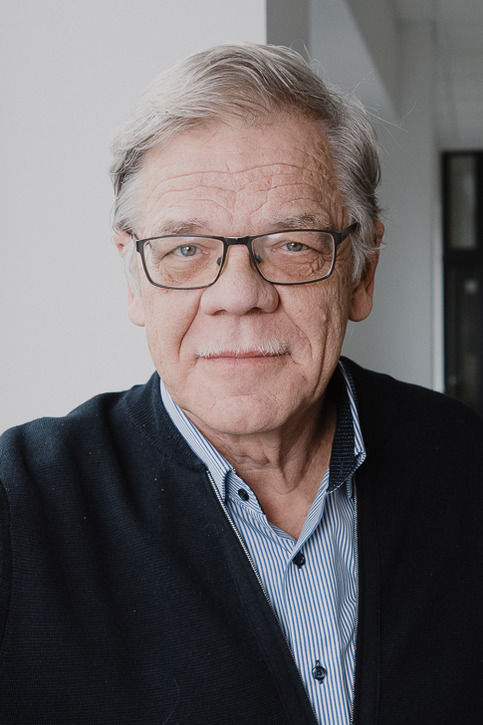

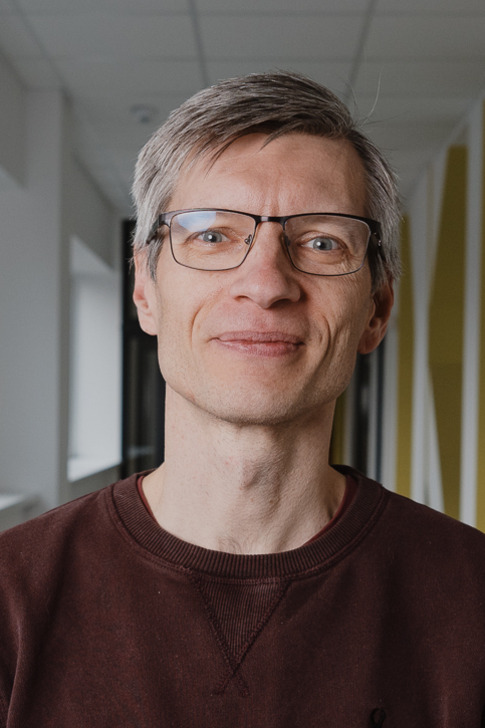
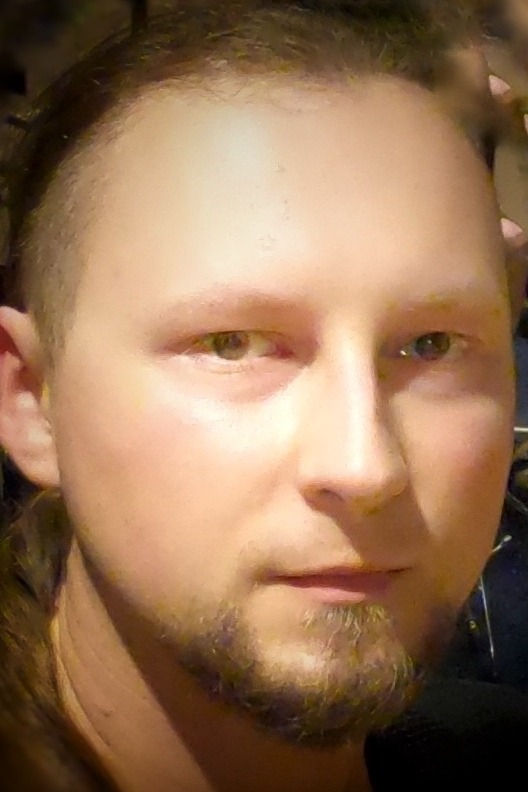
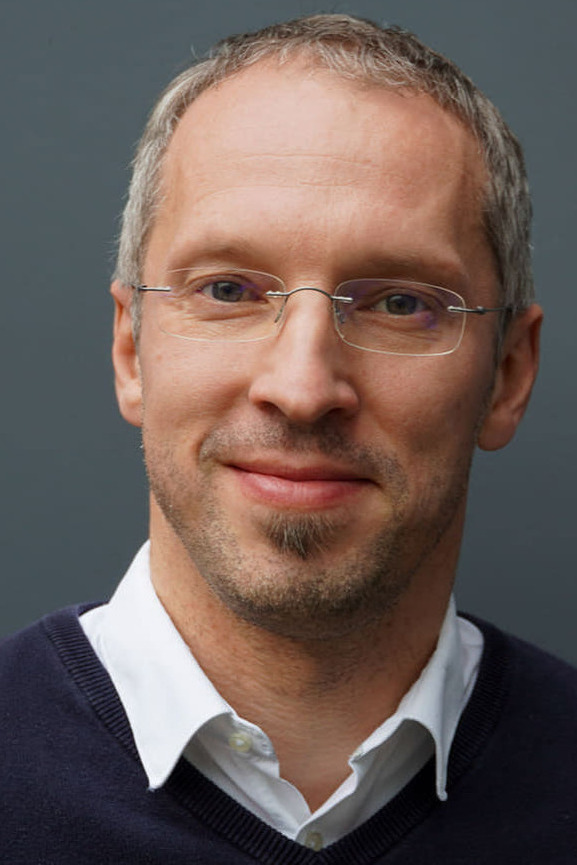
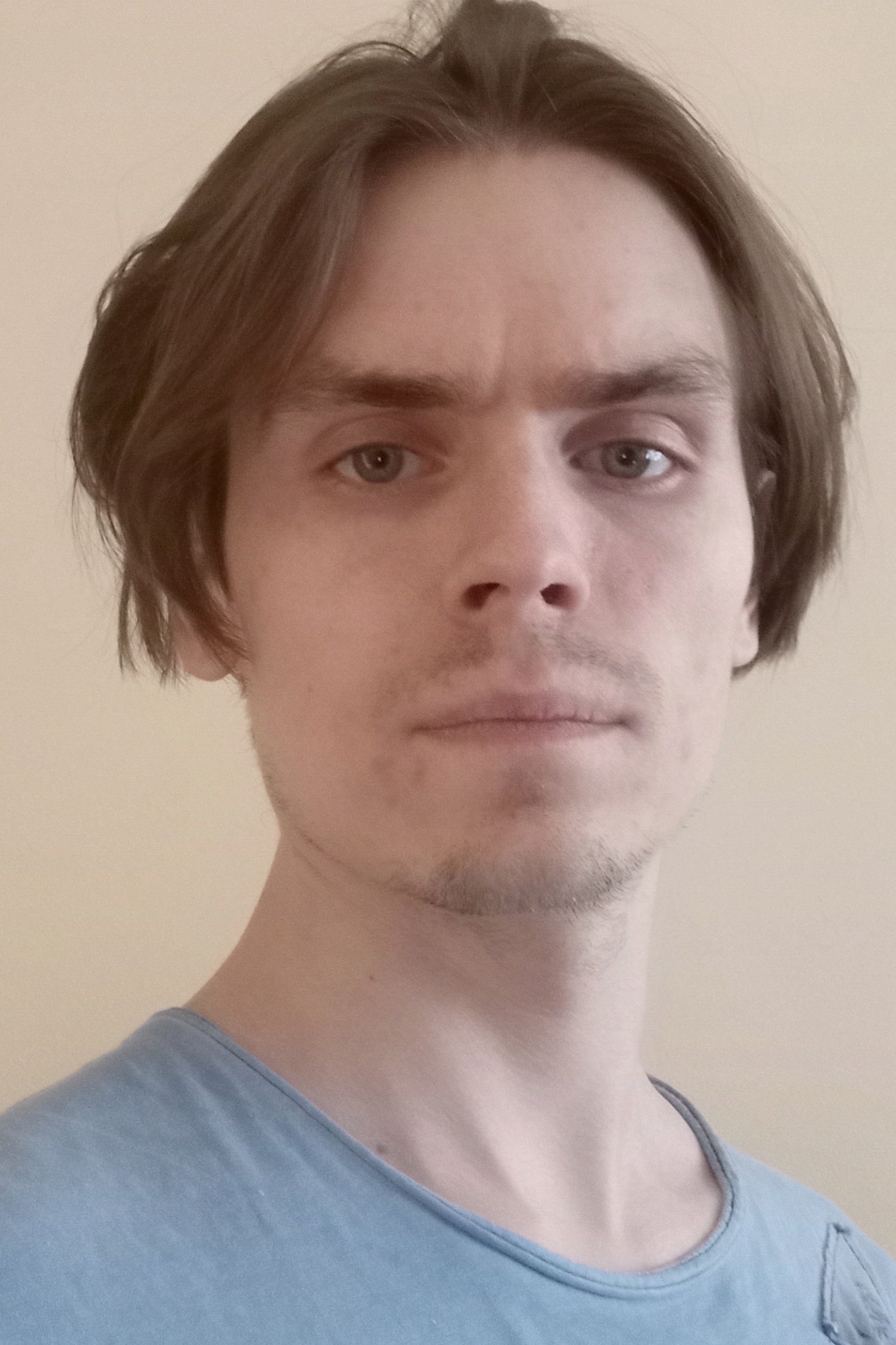
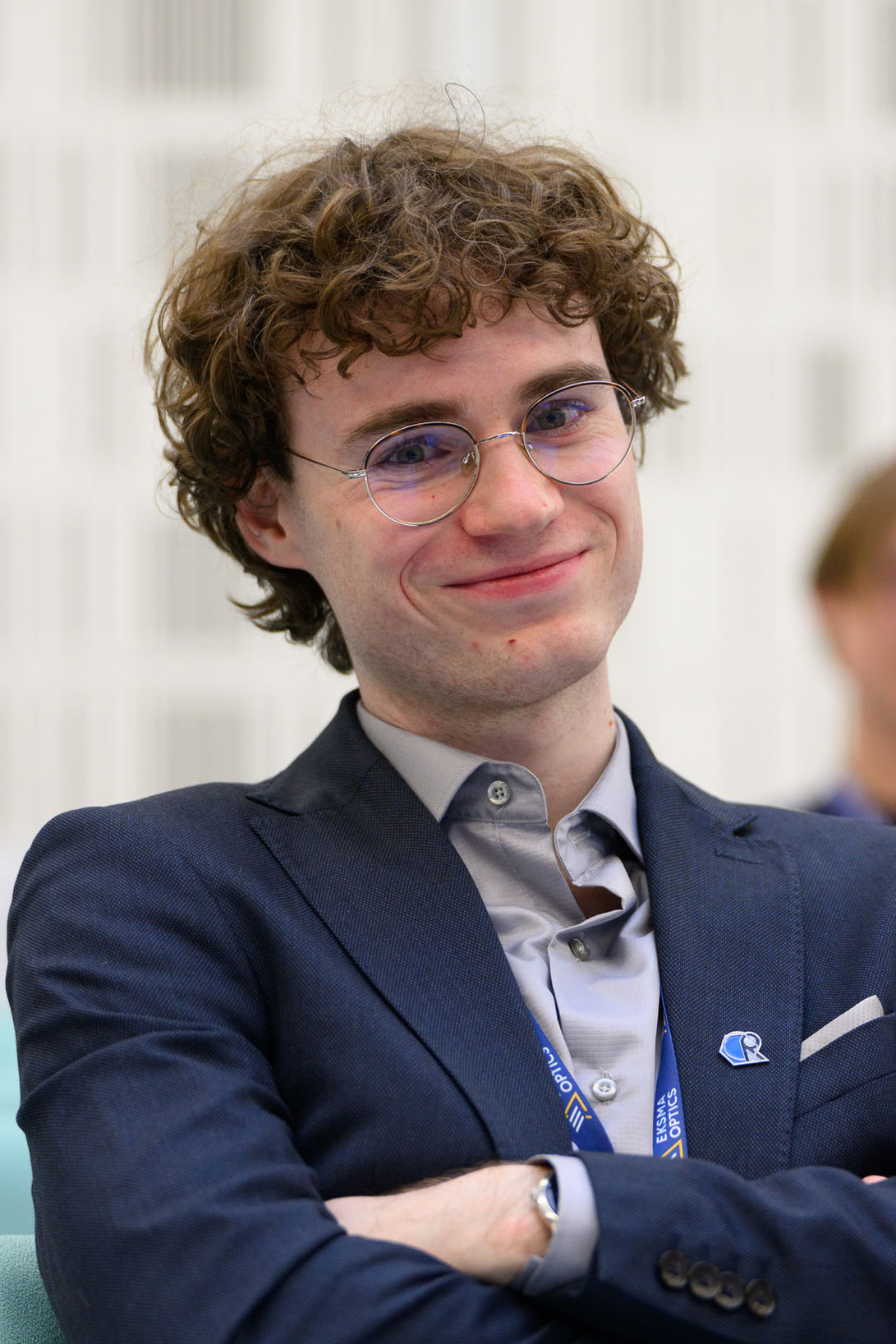
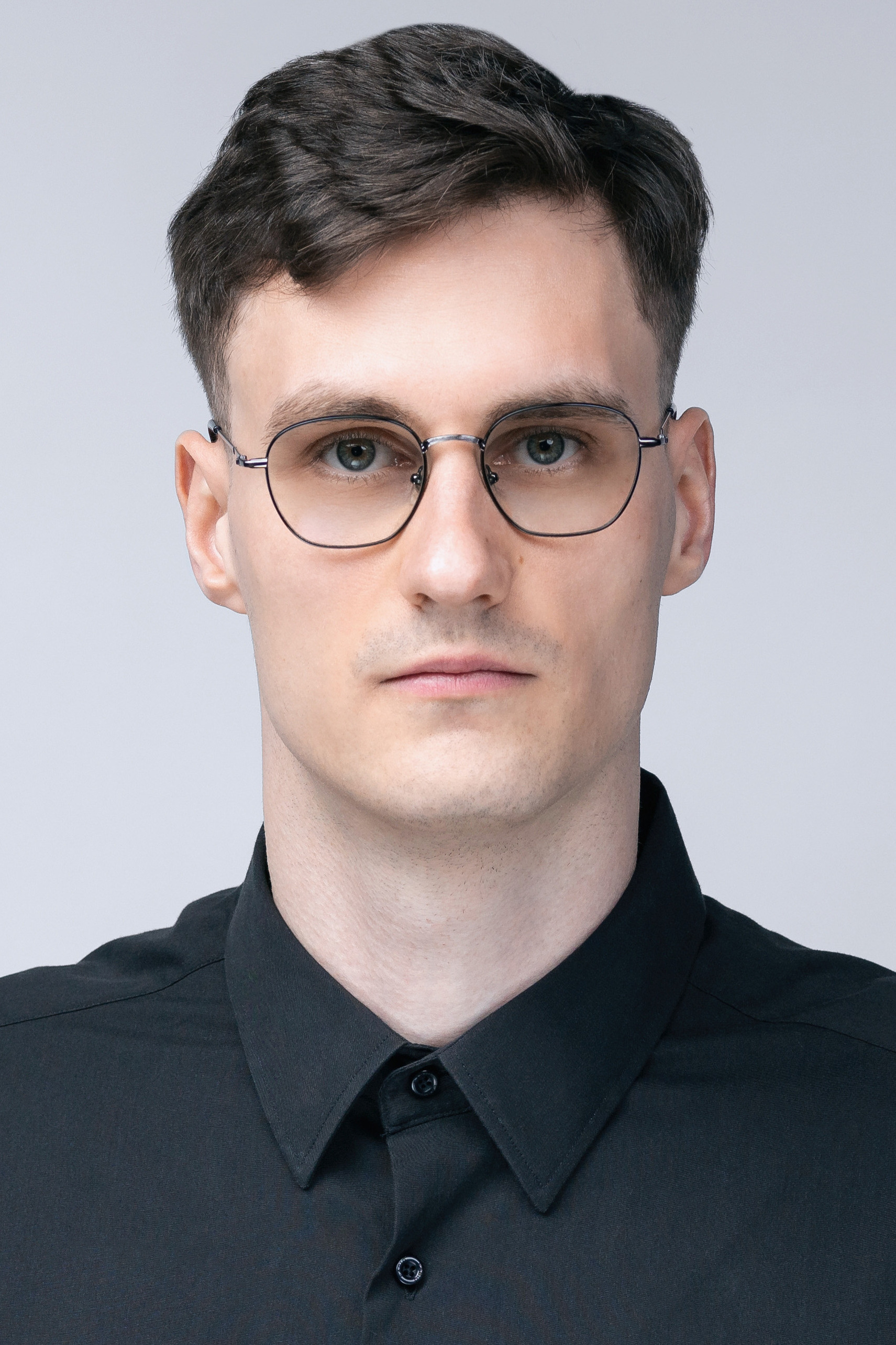
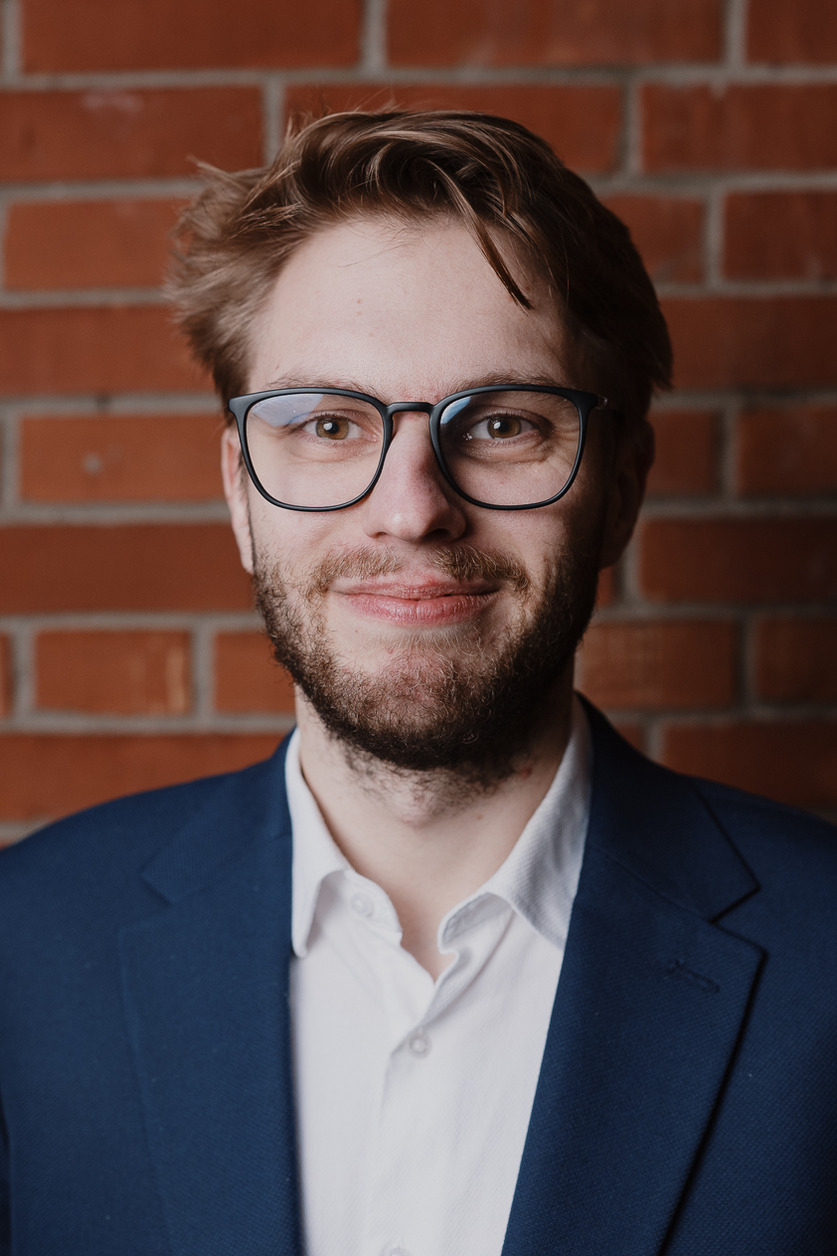
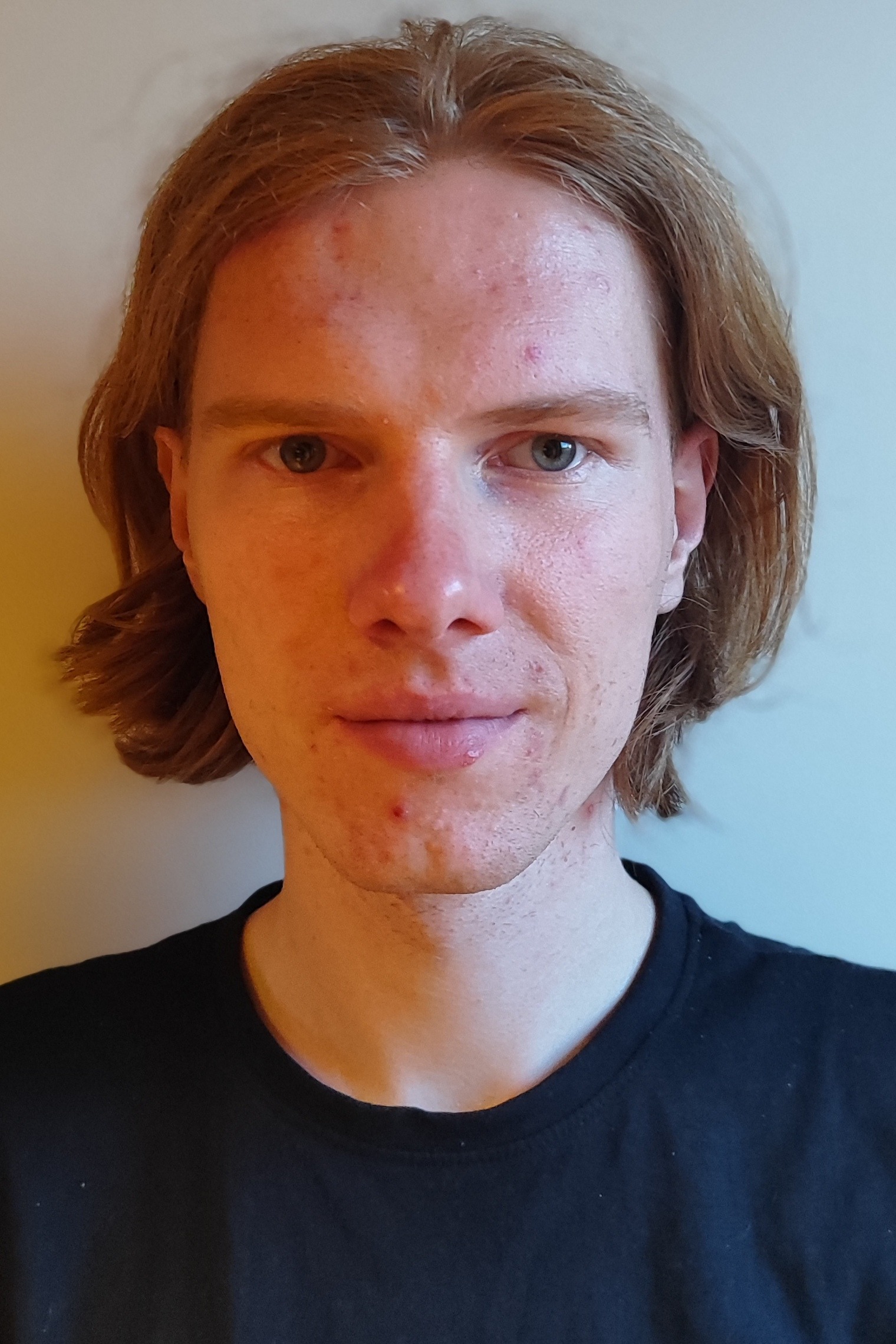
Research Work
List of main publications
R. Budriūnas, T. Stanislauskas, J. Adamonis, A. Aleknavičius, G. Veitas, D. Gadonas, S. Balickas, A. Michailovas, and A. Varanavičius, 53 W average power CEP-stabilized OPCPA system delivering 5.5 TW few cycle pulses at 1 kHz repetition rate, Optics Express, Vol. 25, p. 5797-5806 (2017), https://doi.org/10.1364/OE.25.005797.
B. Momgaudis, M. Vengris, and A. Melninkaitis, Time-resolved holographic study of laser-induced fatigue in bulk of sapphire and fused silica, Optics Continuum, Vol. 1, p. 759-771 (2022), https://doi.org/10.1364/OPTCON.453503.
R. Budriūnasm D. Kučinskas, and A. Varanavičius, High-energy continuum generation in an array of thin plates pumped by tunable femtosecond IR pulses, Applied Physics B, Vol. 123, p. 212 (2017), https://doi.org/10.1007/s00340-017-6785-9.
V. Tamulienė, R. Butkus, A. Stabinis, Bandwidth analysis of optical parametric amplifier pumped by broadband pulses, JOSA B. 37, 1413–1418 (2020), https://doi.org/10.1364/JOSAB.387592.
E. Skliutas, D. Samsonas, A. Čiburys, L. Kontenis, D. Gaievičius, J. Berzinš, D. Narbutis, V. Jukna, M. Vengris, S. Juodkazis, and M. Malinauskas, X-photon laser direct write 3D nanolithography, Virtual and physical prototyping, 18, e2228324 (2023), doi.org/10.1080/17452759.2023.2228324.
A. Quarantana, A. K.-Liszkay, A. A. Pascal, F. Pereau, B. Robert, M. Vengris, and, M. J. L.-Portoles, Singlet fission in naturally-organized carotenoid molecules, Physical chemistry chemical physics, 23, 4768-4776 (2021), DOI: 10.1039/D0CP04493H.
V. Barkauskas, L. Rimkus, J. Reklaitis, A. Plukys, and M. Vengris, Experimental X-ray emission doses from GHz repetitive burst laser irradiation at 100 kHz repetition rate, Applied physics B, 129, 42 (2023). https://doi.org/10.1007/s00340-023-07980-6.
J. T. M. Kenis, D. S. Larsen, I. H. M. van Stokhum, M. Vengris, J. J. van Thor, and R. van Gronelle, Uncovering the hidden ground state of green fluorescent protein, PNAS, 101, 17988-17993 (2004), https://doi.org/10.1073/pnas.0404262102.
List of most recent publications
G. Jansonas, R. Budriūnas, G. Valiulis, A. Varanavičius, Polarization-based idler elimination: enhancing the efficiency of optical parametric amplification, Optics Express 31 (2023) 19794. https://doi.org/10.1364/oe.488760.
V. Barkauskas, L. Rimkus, J. Reklaitis, A. Plukis, M. Vengris, Experimental X-ray emission doses from GHz repetitive burst laser irradiation at 100 kHz repetition rate, Applied Physics. B, Lasers and Optics 129 (2023). https://doi.org/10.1007/s00340-023-07980-6.
E. Skliutas, D. Samsonas, A. Čiburys, L. Kontenis, D. Gailevičius, J. Berzinš, D. Narbutis, V. Jukna, M. Vengris, S. Juodkazis, M. Malinauskas, X-photon laser direct write 3D nanolithography, Virtual and Physical Prototyping 18 (2023). https://doi.org/10.1080/17452759.2023.2228324.
D. Samsonas, E. Skliutas, A. Čiburys, L. Kontenis, D. Gailevičius, J. Berzinš, D. Narbutis, V. Jukna, M. Vengris, S. Juodkazis, M. Malinauskas, 3D nanopolymerization and damage threshold dependence on laser wavelength and pulse duration, Nanophotonics 12 (2023) 1537–1548. https://doi.org/10.1515/nanoph-2022-0629.
E. Atkočaitis, M. Keršys, S. Kičas, V. Grašytė, A. Melninkaitis, Nonlinear absorptance of single-layer HfO2 coatings: investigating the impact of thermal and laser annealing, Optics Express 31 (2023) 38376. https://doi.org/10.1364/oe.502860.
A. Belosludtsev, A. Melninkaitis, G. Abromavičius, Significant enhancement in laser damage resistance of YAG crystal surface by plasma etching, Optics Letters/Optics Index 48 (2023) 2226. https://doi.org/10.1364/ol.484704.
R. Budriūnas, K. Jurkus, M. Vengris, A. Varanavičius, Long seed, short pump: converting Yb-doped laser radiation to multi-µJ few-cycle pulses tunable through 2.5–15 µm, Optics Express 30 (2022) 13009. https://doi.org/10.1364/oe.455180.
L. Rimkus, I. Stasevičius, M. Barkauskas, L. Giniūnas, V. Barkauskas, S. Butkus, M. Vengris, Compact high-flux X-ray source based on irradiation of solid targets by gigahertz and megahertz bursts of femtosecond laser pulses, Optics Continuum 1 (2022) 1819. https://doi.org/10.1364/optcon.463291.
G. Jansonas, R. Budriūnas, M. Vengris, A. Varanavičius, Interferometric measurements of nonlinear refractive index in the infrared spectral range, Optics Express 30 (2022) 30507. https://doi.org/10.1364/oe.458850.
B. Momgaudis, M. Vengris, A. Melninkaitis, Time-resolved holographic study of laser-induced fatigue in bulk of sapphire and fused silica, Optics Continuum 1 (2022) 759. https://doi.org/10.1364/optcon.453503.
E. Atkočaitis, L. Smalakys, A. Melninkaitis, Pulse temporal scaling of LIDT for anti-reflective coatings deposited on lithium triborate crystals, Optics Express 30 (2022) 28401. https://doi.org/10.1364/oe.459391.
L. Smalakys, A. Melninkaitis, Predicting lifetime of optical components with Bayesian inference, Optics Express 29 (2021) 903. https://doi.org/10.1364/oe.410844.
E. Kabouraki, V. Melissinaki, A. Yadav, A. Melninkaitis, K. Tourlouki, T. Tachtsidis, N. Kehagias, G.D. Barmparis, D.G. Papazoglou, E. Rafailov, M. Farsari, High laser induced damage threshold photoresists for nano-imprint and 3D multi-photon lithography, Nanophotonics 10 (2021) 3759–3768. https://doi.org/10.1515/nanoph-2021-0263.
Equipment
Laser systems
- Amplified Ti:sapphire laser emitting 800 nm 3mJ and 50 fs laser pulses (Libra. Coherent Corp.)
- Two optical parametric amplifiers (OPA) TOPAS-800 (Light Conversion).
- Amplified Ti:sapphire laser emitting 800 nm, 50 fs, 5 mJ pulses at 1 kHz (Legend Elite Duo He+, Coherent Corp.).
- OPA HE-TOPAS Prime with second-harmonic and difference frequency generation capabilities, tunable from 240 nm to 10000 nm (Light Conversion).
- Argon-filled hollow-core stretched-fiber-based Ti-sapphire laser post-compression set-up, delivering 0.4 mJ and 10 fs pulses.
- Two Yb:KGW amplifiers “Pharos” (up to 200 kHz, 200 fs, 1030 nm, Light Conversion)
- Optical parametric chirped pulse amplification system (OPCPA), delivering sub-10 fs and 5 mJ pulses at around 800 nm.
- Broadband (15 fs transform-limited duration) OPA (ORPHEUS-OPCPA, Light Conversion) at 2000 nm.
- Vacuum chamber system for the generation and characterization of high harmonics.
Transient absorption set-up
- TA spectrometer HARPIA (Light Conversion)
- Broad-band probe from CaF2 and sapphire crystals.
- Excitation wavelengths range from 300 nm to 2500 nm.
- Temporal resolution of 100 fs.
Time-resolved fluorescence set-up
- Kerr-gated fluorescence spectrometer with temporal resolution of 300 fs (Harpia, Light Conversion).
- Time-correlated single photon counting system (Becker&Hickl, GmbH) with temporal resolution of 50 ps.
LIDT equipment
- Absorption measurement system PCI-03 + Atlantic laser (Ekspla)
-
- Up to 30 W at 355 nm
- Up to 40 W at 532 nm
- Up to 80 W at 1064 nm
- 10 ± 3 ps pulse duration, 1 MHz rep rate
- LIDT test bench + Hybrid II - 100 laser (Innolas)
-
- Repetition Rate 100 Hz, 10 ns
- Pulse Energy (@ 1064 nm) > 400 mJ
- Pulse Energy (@ 532 nm) > 180 mJ
- Pulse Energy (@ 355 nm) > 100 mJ
- Pulse Energy (@ 266 nm) > 50 mJ
